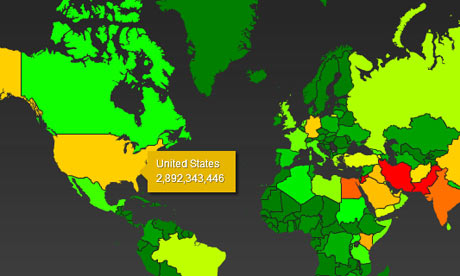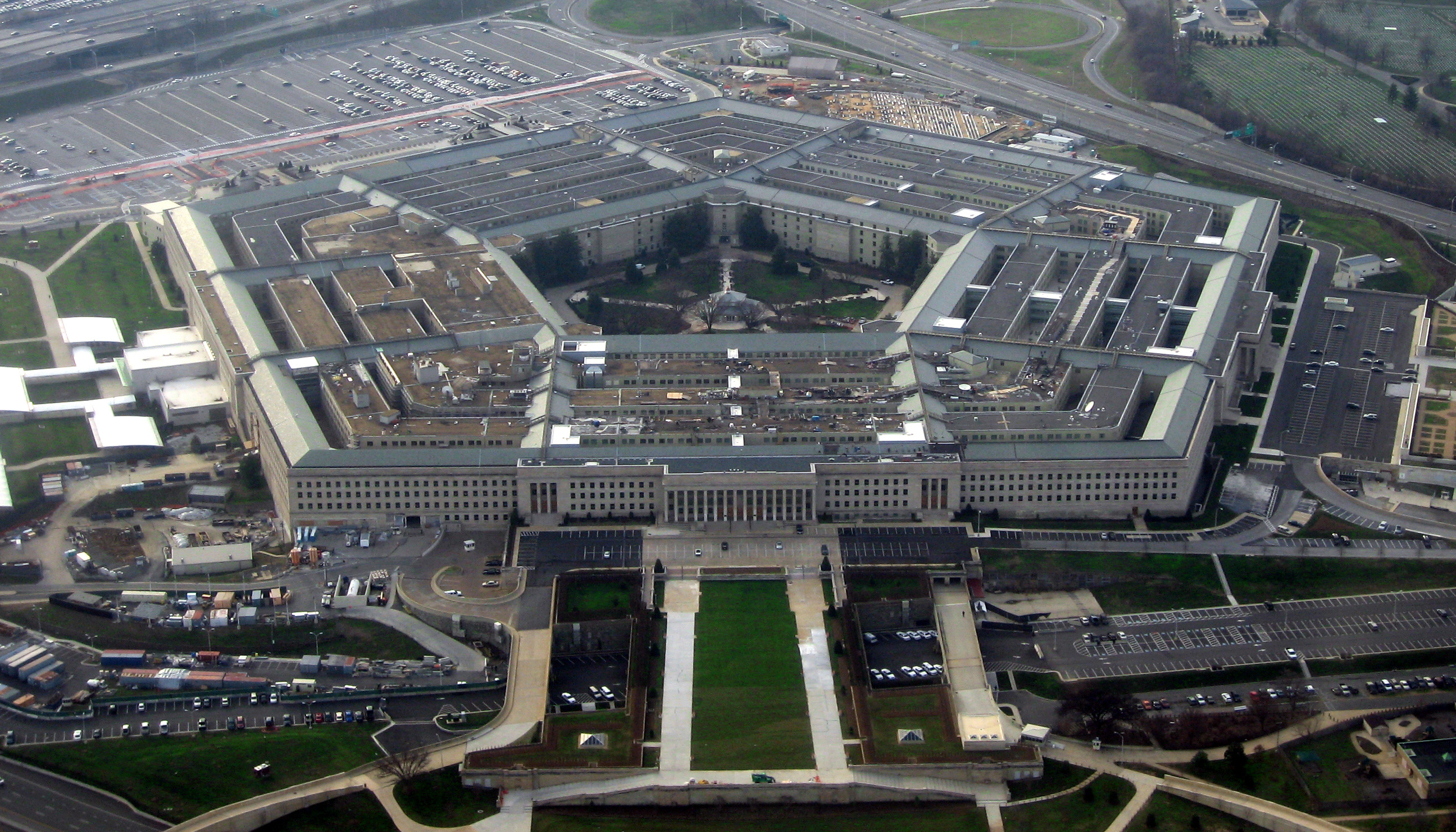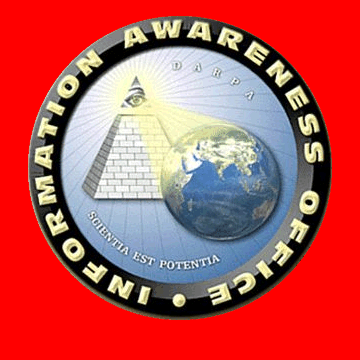The school went on lockdown mode without even bothering to inform me, her parent, and while it turned out to be nothing at all, the impression left on my child that day will not soon be forgotten.
In 2005, a federal court upheld that our nation's public schools trump parent rights:
Parents and politicians alike were shocked when the U.S. Court of Appeals for the Ninth Circuit ruled on Nov. 2 that parents' fundamental right to control the upbringing of their children "does not extend beyond the threshold of the school door," and that a public school has the right to provide its students with "whatever information it wishes to provide, sexual or otherwise.The court went on to clarify:
Parents have no due process or privacy right to override the determinations of public schools as to the information to which their children will be exposed.What this decision essentially says is that, as a parent, your rights to control what your children are being taught end at the school door.







Comment: For a more in depth look on the dumb-ing down of the American Education
system and the fear used to brainwash students to trust 'the system' above and beyond parents and family read the following work of John Taylor Gatto: An Underground History of American Education